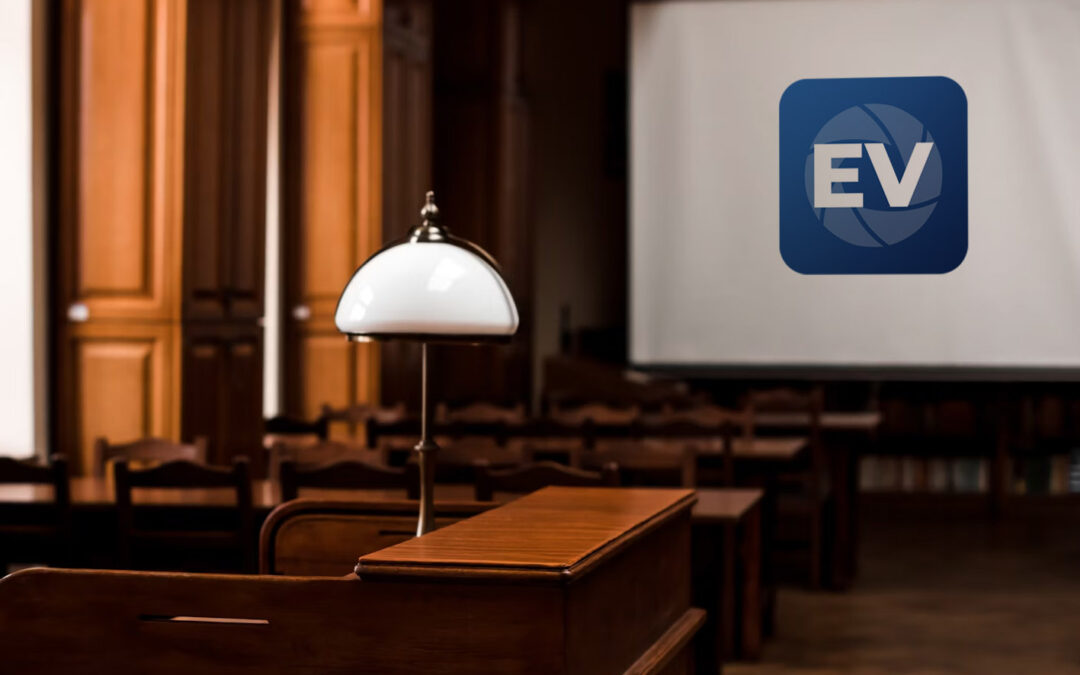Just How Test Presentations Enhance Your Disagreement and Convince Jurors
Trial presentations serve as a pivotal mechanism for improving lawful debates and encouraging jurors. By integrating aesthetic aids, narrative structures, and emotional involvement, attorneys can create a compelling situation that resonates on numerous degrees. The critical usage of visuals not only clarifies intricate details however likewise captures jurors' focus extra properly than words alone. Nevertheless, the art of storytelling plays an equally essential duty in transforming valid proof right into an engaging narrative, forming jurors' assumptions - trial presentations. Comprehending these elements can dramatically affect trial end results, raising the inquiry of exactly how each component adds to this complex dynamic.

Importance of Visual Help
Visual aids play a crucial duty in improving the effectiveness of test presentations, as they can substantially boost audience involvement and retention of information. In the context of a test, where jurors are tasked with handling complicated details, visual help serve to streamline and clear up bottom lines. Graphes, charts, and pictures can share data and principles that may or else overwhelm or perplex jurors, permitting an extra simple understanding of the evidence presented.
Additionally, aesthetic aids assist in maintaining juror interest throughout the process. By breaking the uniformity of spoken statement, these tools can punctuate essential disagreements, making them a lot more memorable. Reliable aesthetic aids can likewise stimulate emotional actions, which can be pivotal in convincing jurors to straighten with the speaker's narrative.

Crafting Engaging Narratives
A compelling story is vital in test presentations, as it functions as the foundation of effective persuasion. It permits attorneys to weave with each other facts, evidence, and psychological components into a meaningful tale that resonates with jurors. This narrative structure allows jurors to understand the complexities of the instance while directing them with the lawyer's argument.
To craft a compelling story, lawyers should concentrate on quality and coherence. This entails establishing a clear protagonist-- frequently the client-- and describing their trip through the events concerned. Offering the truths in a sensible sequence enhances comprehension and keeps involvement. Furthermore, the use of dazzling descriptions can produce psychological photos that help jurors visualize the events, making the narrative much more unforgettable.
In addition, integrating crucial themes throughout the discussion strengthens the core message and aids in retention - trial presentations. The narrative needs to not only convey information yet likewise evoke a feeling of justice, highlighting the stakes involved. Inevitably, a well-constructed narrative cultivates a link between the jurors and the situation, positioning the lawyer's argument as both reputable and compelling, consequently boosting the chance of a desirable verdict

Engaging the Court Psychologically
Reliable jury involvement hinges on the attorney's capacity to connect with jurors on an emotional level. This connection can substantially affect jurors' perceptions and their best decision-making. Using sob stories enables lawyers to humanize the situation, transforming abstract legal principles into relatable experiences. By presenting real-life tales or testimonials, lawyers can evoke empathy and empathy, fostering a deeper understanding of the problems at risk.
Visual aids, such as photos or video clips, can further enhance emotional involvement, giving jurors article source with vibrant representations of the case's human aspects. Crafting a story that highlights the battles and triumphs of the individuals involved makes sure that jurors see past the lawful debates and recognize the human consequences of their decisions.
Furthermore, tone and body language play a vital role in conveying feeling. A lawyer's passionate delivery can reverberate with jurors, enhancing their emotional financial investment in case. It's vital to stabilize sob stories with accurate proof, making sure that jurors really feel compelled to act while remaining grounded in the truth. Inevitably, a mentally engaged court is most likely to be convinced, making emotional link a vital part of reliable test presentations.
Structuring Your Discussion

The body of the presentation ought to be logically segmented into vital points, each sustained by engaging evidence. It is beneficial to make use of storytelling techniques to weave realities into a story that jurors can quickly adhere to. Visual help, such as charts and videos, can boost comprehension and engagement, helping to highlight essential pieces of proof.
Real-World Study
Analyzing real-world study gives vital understandings into the art of test discussions and persuasion. The spots instance of "O.J. Simpson v. Individuals of California" highlights just how visual aids and engaging stories can sway jury understandings. The protection group effectively used an approach that combined prominent expert testaments with multimedia discussions, which captivated jurors and ultimately influenced their choice.
Another remarkable example is the "McDonald's Coffee Case," where the plaintiff's attorneys used graphic images of the injuries suffered by Stella use this link Liebeck. trial presentations. This stark visual evidence played an important function in communicating the seriousness of her more information burns, resulting in a significant jury award. Such cases show that impactful test presentations typically depend upon the effective integration of visuals and narration to stimulate emotional responses from jurors
Furthermore, the "Casey Anthony Test" highlighted the value of narrative comprehensibility and reputation. The prosecution's failing to develop an engaging timeline reduced their convincing power, underscoring the necessity of a well-structured discussion. Examining these cases discloses that effective trial discussions need tactical preparation, psychological engagement, and the capacity to reverberate with jurors' values and ideas.
Final Thought
Trial discussions significantly improve debates and persuade jurors via the strategic use of aesthetic help, compelling narratives, and psychological engagement. A well-structured presentation equilibriums psychological appeals with accurate proof, ultimately resonating with jurors' worths.